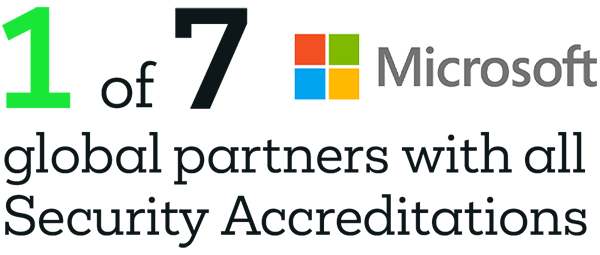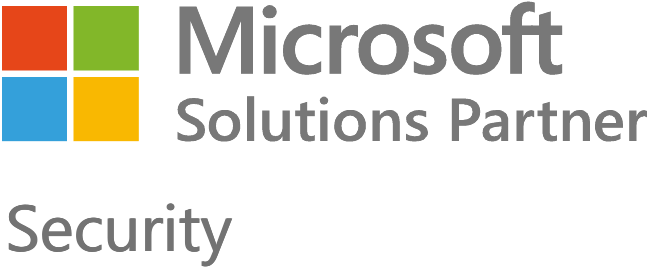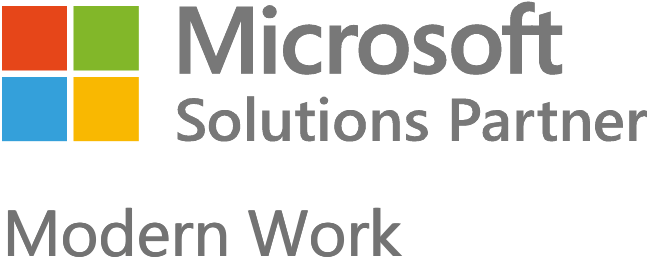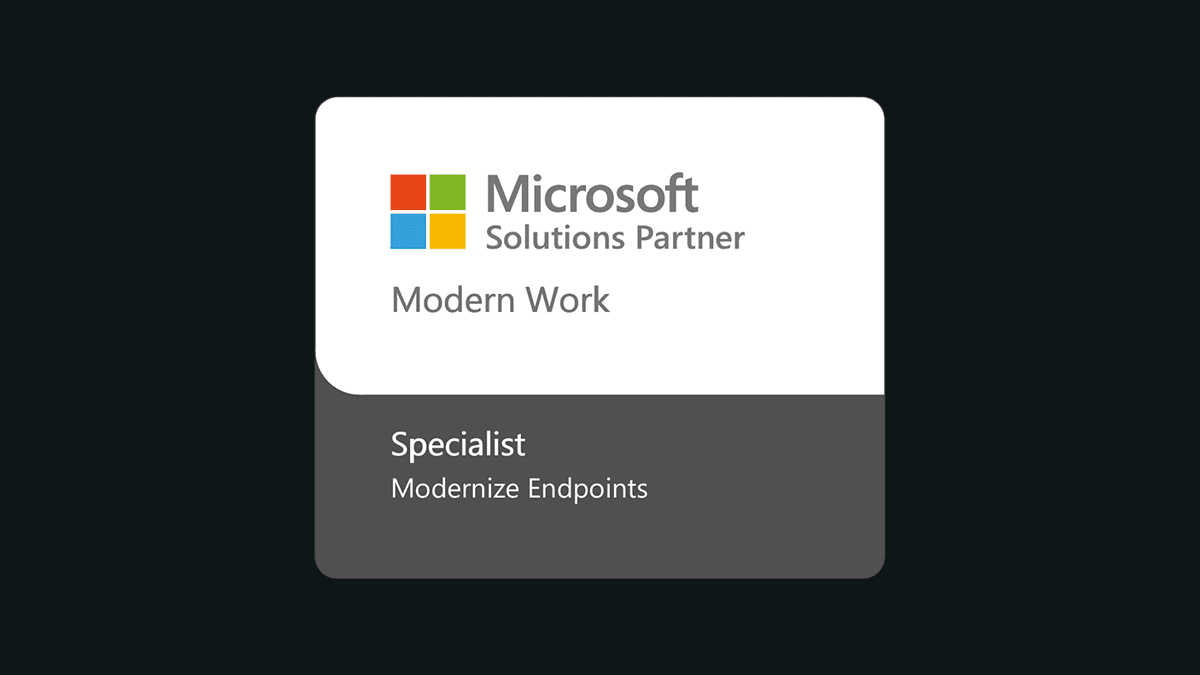
Blog | 11-minute Read
How to build a strong culture with a remote team: Tips and techniques to keep staff engaged and happy

Ingrid Jack
Integration Director
Published: 30 April 2020
As flexible working increases in its popularity and viability, how can you ensure your company culture survives the transition?
A company’s culture is crucial to its day-to-day operations, but it also plays a significant part in long-term business development and growth.
With modern technology now allowing us to work wherever we choose, making the most of this opportunity will very much depend on the culture you’ve built around the people using it and how well you communicate this change to them.
As a business, Kocho has been taking advantage of remote working for years, with all our employees having the option to do so securely from anywhere.
We work with many of our clients to enable this ability in their workforces – ensuring the IT infrastructure is in place to allow their staff to access the resources they need, when they need them, from wherever they are.
But having the capability to work remotely is just one part of the puzzle. As more organisations start to move toward enabling a remote workforce, how do you, as a manager or CEO, ensure that your hard-built company culture not only carries over to a remote environment but continues to grow afterwards?
In this blog, we’ll explore the different dynamics you need to consider when enabling a remote workforce – and the steps you can take to ensure your company culture not only survives but thrives as a result.

Sign up for great content and exclusive invites
Join the Kocho mailing list for latest news, best practice, and educational resources.
The value of remote working
Remote working has long been eyed with suspicion by organisations, feared for its potential loss of control and visibility over employees’ productivity.
But the benefits of having remote working as an option have been visible for some time now. A recent study by the International Workplace Group saw 85% of businesses confirm that productivity had increased as a result due to having greater flexibility, with 63% reporting a minimum 21% improvement in productivity.
Remote workers frequently report feeling happier, as they can better manage other elements of their life, such as being a parent, around work or vice versa. Working from home also allows your employees to live healthier lives, typically eating better and spending their morning commute time exercising, rather than being stuck in traffic.
Flexible working benefits go both ways
Happier employees translate into good news for your organisation, too. You’ll benefit from reduced sick absences, increased staff retention, money savings, and access to a talent pool that isn’t restricted by geography.
Successful companies such as Buffer, Mozilla, Citrix and more have no office at all and feature a globally dispersed workforce.
On top of the existing evidence, recent events, such as the Covid-19 outbreak, have only accelerated the desire for remote working options. Many organisations who have historically operated on-premises are now discovering that working from home (or anywhere else for that matter) is not only a very real option but offers significant advantages.
But there’s so much more to consider than just the technology when transitioning to a remote way of working. One of the biggest pitfalls of introducing flexible working is the impact on company culture and the disruption to communication and interaction that can happen.
How can you ensure that your employees are happy and engaged with your company culture when the traditional office disappears?
Adapting your company culture for flexible working
Being aware of the potential impact on your company culture before you make the transition to remote working is a huge advantage. One effective way to ensure your culture remains intact is to either create or adapt a set of company values that represent what you stand for.
Here at Kocho, we chose three core values that form the basis of our approach to both customers and each other: Quality, Agility and Respect.
It’s important you communicate your chosen values to all your staff through a written document or internal resource that outlines your values, how they apply to your organisation, and the behaviour expected of employees to reflect them.
This document should be clear, inspirational and well-written, with as much information as possible on how your values apply to different elements of your organisation.
Keep your culture accessible and up to date
At Kocho, we operate an intranet that acts as a one-stop-shop for everything related to our brand vision and values. We regularly update and communicate them and ensure that everyone knows where to find the information.
Having such a resource is key when it comes to onboarding new members of staff who might otherwise struggle to grasp your culture and what your organisation stands for. It also helps remind existing employees who may have forgotten. This keeps everyone on the same page and pulling in the same direction.
Top tip: Create a customer-facing presentation deck that outlines your values and company culture. Internal resources aren’t always subject to the same scrutiny as customer resources, so this will help you produce a clearly defined vision.
Don’t forget to regularly revisit and revise this resource. Monitoring and updating your culture and values is essential to growing a positive company culture. Otherwise, your staff will soon forget about them.
Culture lives or dies on its communication
Encouraging an atmosphere of open communication and feedback is essential. The success of your company culture will live or die on the effectiveness of your internal communication.
It’s all too easy for your more extrovert employees to dominate discussions online as they might in the office. Be sure to encourage all your staff to contribute. When you’re running an online meeting, be sure to check if quieter attendees would like to add anything at regular intervals. Whether they have anything to add or not, simply asking for their input will help them feel included and more comfortable contributing to meetings remotely.
At Kocho, we utilise Microsoft Teams as our day-to-day communications platform. We hold all our meetings and calls through this platform. We also encourage the use of video during meetings, as people read body language almost as much as they listen to what you have to say.
Informality is king
Teams also provides discussion channels and instant messaging chat groups. To make the most of modern collaboration platforms like Teams, you should aim for informality in your internal communication channels.
The more casual and relaxed your team chats become (within reason), the more likely everyone will feel comfortable to contribute through them. Try to get away from the written email mentality and use the chat to speak as you would in person. And, yes, emojis and gifs are okay! They’ll add some much-needed humanity to your discussions to help make up for the in-person contact that would occur in the office.
It all starts with a solid induction
When new starters join, make a conscious effort to announce their arrival to the entire business.
Kocho uses its HR system to send out an email with a short fact file about the new person which helps put a face to a name. We also have a monthly All Hands call which features a personnel update on who’s joined, who’s left and who’s moved within the company.
Take the time to explain to new starters your expectations and reasons for chosen communication channels and their use – for example, you may have a preferred method for sharing documents for others to collaborate on. Just make sure that’s clearly communicated throughout the business to avoid frustration.
Arrange introduction calls with key individuals and their immediate team, accounting for and encouraging the familiarity that would occur naturally in the office is important.
Flexibility is key
Regularly checking in on your staff is important, but every team and individual will have different work styles and requirements. Showing confidence in your team members and their ability to deliver objectives on time involves allowing them to work at their own pace and style.
Some may work around their children throughout the day and into the evening, others may have a wellness routine incorporated into their workday. Either way, if you trust that they’ll get the work done in their own way, you’ll likely find that they’re just as productive, if not more so.
This ensures a good work-life balance and is something prospective and existing employees will value highly.
Top tip: Knowing when not to communicate is just as important as making contact. Trust your team to get the work done in their own way and give them the space to do so. Don’t clog up their calendar with unnecessary meetings or catch-ups.
Don’t forget the fun!
The people in an office are simultaneously its greatest strength and weakness. The office can be an incredibly distracting place, and part of the increased productivity of remote working comes from those distractions being removed. But from a camaraderie perspective, the regular face to face engagement of the office will be the hardest element to replace when moving to a distributed workforce.
As such, you’ll have to make a conscious effort to encourage online interaction that isn’t strictly work-related. This is an important part of growing your culture, and whilst it’s taking place in a professional setting, the focus should be on getting your employees to enjoy engaging with each other.
Set up a channel that is purely for non-work-related discussion to facilitate those ‘water cooler’ moments. Encourage chatter around current developments, the latest TV sensation, poor celebrity fashion choices, etc.
It can be a good idea to set some high-level rules about what content and language is acceptable to be used in this channel, but hopefully this would have already been covered in that values and culture document we mentioned earlier. Employees should be on the same page and behave accordingly.
Take advantage of the digital fun you can have
Something we’ve found useful at Kocho is to hold regular guessing games every week, usually on a Friday afternoon when productivity can naturally start to slide.
These centre around employees using an image or clues to guess another employee’s association with a place or object. Such as ‘Whose Space is this?’, where an image of a team member’s remote setup is shared, and employees then make their guess as to whom it belongs to.
It may seem trivial but encouraging these ‘fun’ interactions is crucial in making up for the familiarity that would naturally grow between employees sat near each other in an office. That familiarity then lends itself to better collaboration and communication, resulting in increased remote working productivity.
There’s no substitute for face to face
We’d recommend reinforcing text-based interaction with face to face interaction if possible. Whether that’s providing a budget for regular team outings or a monthly video call for everyone to join that provides updates from across the whole organisation.
At Kocho, we have a twice-yearly gathering for the entire company. We’ll travel to somewhere in the UK and provide accommodation and entertainment. This not only provides an opportunity to do some planning and training sessions in person but also to have some much-needed fun and interaction with people you don’t normally get to see.
These interactions are a powerful way to reinforce and grow your workplace culture. Be sure to keep bringing them back to those core values and behaviours you look to develop.
Track your engagement to measure your success
One of our HR department’s most powerful tools is the ability to send out a regular survey to all our employees. All feedback is anonymous (but it will show who has/hasn’t completed the survey), and it features a short series of questions covering general happiness and mood, with the opportunity to flag any concerns or grievances.
This is a great way to measure employee sentiment toward your company and culture. With regular data and feedback, you can identify where needs work and what’s already working well. It also helps to alleviate feelings of isolation your staff might be feeling and keeps them included in the ongoing development of your workplace culture.
If staff are reassured that their feedback is being heard and acted upon, they are likely to stay engaged.
Conclusion
With remote working options fast becoming an expectation rather than a rare perk, having a plan in place to manage the transition of your workplace culture to a remote environment is key.
As we’ve seen, flexible working offers numerous benefits to both employee and employer, but feelings of isolation and detachment can undermine those benefits if not properly addressed.
By following the above advice, and perhaps applying some of our approach to your own organisation, you can ensure that you can reap the benefits of remote working while keeping your employees engaged and happy.

Sign up for great content and exclusive invites
Subscribe to the Kocho mailing list if you want to receive:
- The latest Microsoft tech insights
- Demos and exclusive event invites

Great emails start here
Sign up for free resources and exclusive invites
Subscribe to the Kocho mailing list if you want:
- Demos of the latest Microsoft tech
- Invites to exclusive events and webinars
- Resources that make your job easier






















Got a question? Need more information?
Our expert team is here to help.






